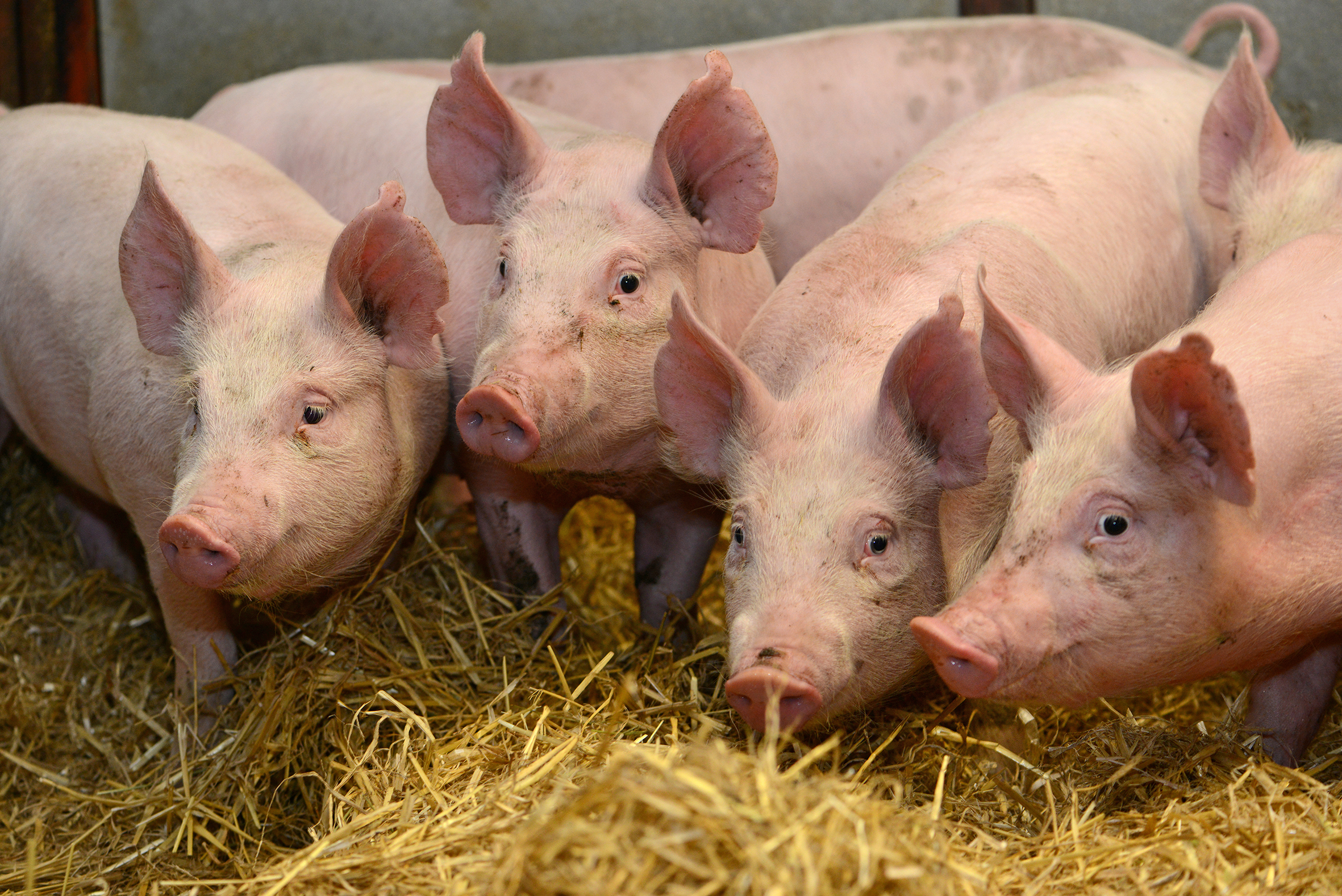The UK pig industry says it is “up for the challenge” of cutting antibiotic usage in livestock following the announcement by the British Government that there should be a significant reduction in the use of antibiotics by 2018.
The Government’s move came in the wake of Lord Jim O’Neill’s review on antimicrobial resistance (AMR) in May, which warned of the dangers of overuse of these medicines and called for coordinated measures on a global scale to ensure the responsible use of antibiotics in human and animal medicine.
The Government also announced its intention to agree new rules to restrict the use of antibiotics considered to be of the ‘highest critical importance to human medicine’ and said there would be an increase in regulatory oversight of veterinary antibiotics.
Defra committed to a reduction in antibiotic use in livestock and fish farmed for food to an average across the sectors of 50mg/kg by 2018. This compares with the most recent figure, from 2014, of 62mg/kg.
British Veterinary Association president Sean Wensley welcomed the Government’s call for all health sectors to play their part in ensuring positive steps were taken to preserve essential drugs for future generations, with the reduction of antibiotic use in animal agriculture just one piece of the jigsaw.
“BVA has opposed the introduction of arbitrary, non-evidence based target setting,” he said.
“Such targets, to reduce antibiotic use, risk restricting vets’ ability to treat animal diseases, which could have serious public health and animal welfare implications. However, we accepted that evidence-based targets to reduce usage in animal agriculture were likely to form part of the solution to address AMR on a global scale – as the Government has confirmed.”
Meanwhile the National Pig Association (NPA) said it was already fully committed to a programme of action to address AMR, and added that new figures this week showed records covering more than five million pigs have now been entered onto eMB-Pigs, the industry database introduced to record antibiotic usage.
The NPA’s producer group recently recommended that eMB-Pigs should be made compulsory under the Red Tractor Pork scheme.
Dr Georgina Crayford, who leads on AMR for the NPA, said the industry was fully aware of its responsibilities on the issue but needed support from Government to achieve their mutual aims.
She added: “We can’t do this on our own. Producers need support from Government, particularly for new pig buildings, which are more hygienic and allow better biosecurity, to improve herd health and reduce the need for antibiotics.
“This is something we will be pushing for now and as the Government develops its post-Brexit UK agricultural support policy as a means of helping both producers and the wider public.”
Other measures being taken by Government include investing in research to stimulate the development of new antimicrobial drugs and reducing inappropriate human antibiotic prescribing by 50%, with the aim of being a world leader in reducing prescribing by 2020.
nnicolson@thecourier.co.uk
